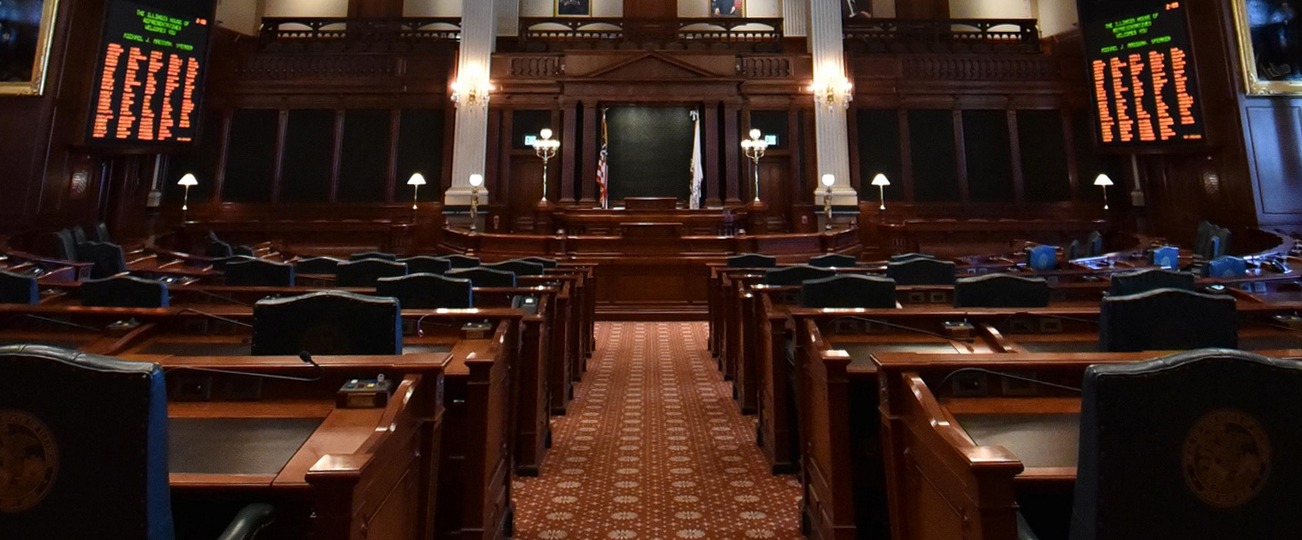Amongst the most famed conflicts in the United States’ storied history is the Revolutionary War, a period that ultimately allowed for the birth of our young nation. While most remember the war for its iconic battles along the East Coast, beginning with the Battles of Lexington and Concord on April 19 of 1775, many of the important events that steered the direction of the war took place well beyond the original colonies. Amongst the places that helped sway the tide of the war in the Union’s favor was Illinois Country – a faintly developed land that serves as the background for one of the most underappreciated chapters of our country’s early history.
During the late 1700s, Illinois Country was frontier land coveted for its abundance of resources and strategic location. Geographically, this region covered modern-day Illinois, Indiana, and a portion of Missouri, which, at the time, were largely populated by French settlers and Native Americans. While fairly removed from the primary theater of war, this area became a crucial battleground in the fight against British imperialism, in large part thanks to the role of George Rogers Clark.
Rogers Clark was a young Virginian man who led a small group of Patriot militia during the Revolutionary War. In 1778, the rather inexperienced militiamen embarked on a risky campaign with the goal of seizing the region which was under British control. The lieutenant colonel’s mission was to both secure the western frontier and weaken British influence among the local Native American tribes who had formed alliances with the Imperialists.
The young officer began his campaign by marching to the Mississippi River and, in July of 1778, capturing Kaskaskia, a key British outpost. Shockingly, Rogers Clark and his militia managed to capture the town without firing a single shot as the French settlers of the town saw the Virginians as liberators and welcomed their takeover. From there, the militia traveled to Cahokia and Vincennes, key settlements that prevented Patriot control over Illinois Country. Remarkably, the officer was able to lead successful captures of both settlements, most famously in February of 1779, when he led a surprise winter siege on Vincennes through flooded plains in freezing temperatures, solidifying his reputation as a Revolutionary War hero.
Gradually, the militia gained control over the entirety of Illinois Country, depriving the British of their vital frontier stronghold and creating opportunities for westward expansion. The young wartime hero’s successful leadership and success in combat helped shift the balance of power in the western theater and put the Patriots' ability to project influence beyond the Appalachian region on full display.
The story of Illinois Country is a testament to the determination and bravery of those who fought to secure the privilege of freedom we are all afforded today. Beyond that, it serves as a strong reminder that overlooked or less-developed areas often play an important role in the success of a broader population. When remembering the first chapter of our nation’s history, let us remember the important role the ground beneath our feet played in shaping the country we cherish today. Illinois Country was not just a frontier, but land where a passion for fairness and liberty achieved an incredible feat.


